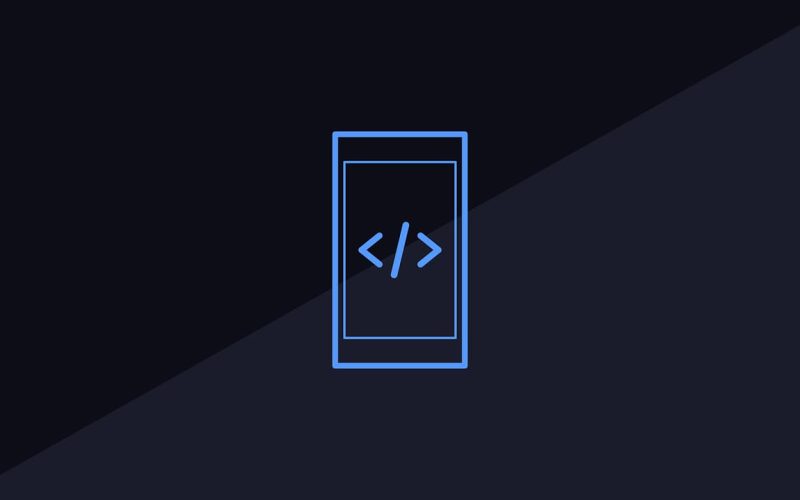Is CSS a necessity for responsive web design? This article will help you find out if it really is or not, along with its features – pros & cons.
Plenty of experts highlight the benefits of responsive design. This was particularly true once Google suggested the strategy. There’s no denying that responsive design is a powerful tool for building websites that adapt to many devices, but is it suitable for everybody and every site?
Let’s start by clarifying basic definitions to ensure we’re on the same page.
What Is Responsive Web Design?
Simply said, responsive web design is adapting your website to multiple screen and window sizes. In other words, if a visitor comes to your website on a smartphone, they won’t be misled or scared away by other bulky columns and significant sentences that were designed for desktop users alone.
There are a variety of high-quality web builders such as Editor X or Wix who allow users to create and design their own responsive website while incorporating the latest design trends and tools, with little to no code. However, if you want complete autonomy and freedom while creating your site, you could consider learning CSS and coding your site from scratch.
Introduction to CSS
CSS stands for Cascading Style Sheets. It is the programming language that determines the website’s appearance and layout. CSS, like HTML, is essential for web design. Websites might still be simple texts on white backgrounds without it.
Web pages were highly limited in form and function before the World Wide Web Consortium developed CSS in 1996. A page was shown as hypertext in early browsers, including plain text, graphics, and links to other hypertext web pages. There has been no layout, just a single column of text running across the page.
CSS enables various website layout advances, including the option to:
- Backgrounds should be colored.
- Other fonts besides the browser’s default can be specified.
- Text and links may be customized in terms of color and size.
- Use boxes to contain webpage items and float them to particular locations on the page.
They added “style” to style sheets, allowing the creation of Web sites for the first time.
Why Is CSS So Important For Responsive Web Design?
While there are many reasons in reality, here are the most prevailing ones.
#1: You Can Design Your Site As You Want It To
Creating your site using a free web template is pretty straightforward. However, these themes are seldom elegant, so your site will resemble every other website on the internet. You may customize these templates using CSS to show your color schemes. As a result, you’ll have a personalized website with no work.
#2: It Saves You Money
You can always hire a professional to build your site. But keep in mind, web developers are often too valuable, thus a bit too costly. Knowing how to edit the CSS can save you money when you uncover little flaws that you can address yourself. You’ll be able to solve more significant and more complicated puzzles as you practice.
#3: You Can Earn Extra Money
You may sell these solutions to other sites once you’ve mastered CSS. If you want to work as a freelance web developer, you won’t get very far unless you know CSS.
#4: Opportunity To Quickly Redesign Your Website
Many older websites are challenging to rebuild since they were constructed without CSS. However, it may be readily altered once a website is built with a CSS hook. Colors and backgrounds may be changed to update the look of a site with little effort. Many areas now produce customized versions of their websites for special events, and they can do so since creating an additional stylesheet for the event takes a few hours.
#5: Create A Wider Range Of Websites
CSS allows web pages to appear highly different from one page to the next without a bunch of code. Many websites, for example, now use subtle color shifts in other portions of the site. You may utilize page IDs to alter the CSS for each part while keeping the same HTML structure. The content and CSS are the only things that change.
#6: Enhance The Appearance Of Your Website
CSS’s most notable benefit is the increased design freedom and interaction in web development. Developers have more control over the design and may make section-by-section modifications.
Web developers may generate diverse appearances for each page since CSS customization is more accessible than plain HTML. CSS makes it possible to create complex websites with individual page layouts.
#7: You Site Will Load Faster
CSS’s underappreciated but critical feature is faster page loading. Browsers download and cache CSS rules once for use across all site pages. It speeds up website navigation and improves the overall customer experience.
This feature aids with the seamless operation of websites at slower internet connections. With faster loading times, accessibility on low-end devices increases as well.
CSS Limitations
Well, it can’t be all “rainbows and butterflies.” CSS also has its disadvantages and limitations, and here are the two most important ones.
#1: It Is Browser Dependent
CSS’s sole major drawback is its speed relies heavily on browser support. Apart from compatibility, each browser performs differently. As a result, your CSS must account for all of these changes.
People will still be able to explore the HTML functions if a browser doesn’t completely support your CSS style. As a result, you must always have well-structured HTML and decent CSS.
#2: Retrofitting Ancient Websites Is Difficult
After learning about the many benefits of CSS, the natural reaction is to incorporate it into your current site. Unfortunately, this is not an easy task. CSS style sheets, particularly the most recent versions, must be incorporated into HTML code and compliant with HTML versions at the floor level. It takes a long time to retrofit CSS into older websites.
There’s also the possibility of completely breaking the existing HTML coding, rendering the site useless. It’s preferable to wait until you completely overhaul your website.
The Bottom Line
Knowing all this about CSS, you are getting to the point; It is essential for responsive web design. It has a lot of benefits and only a few limitations.








